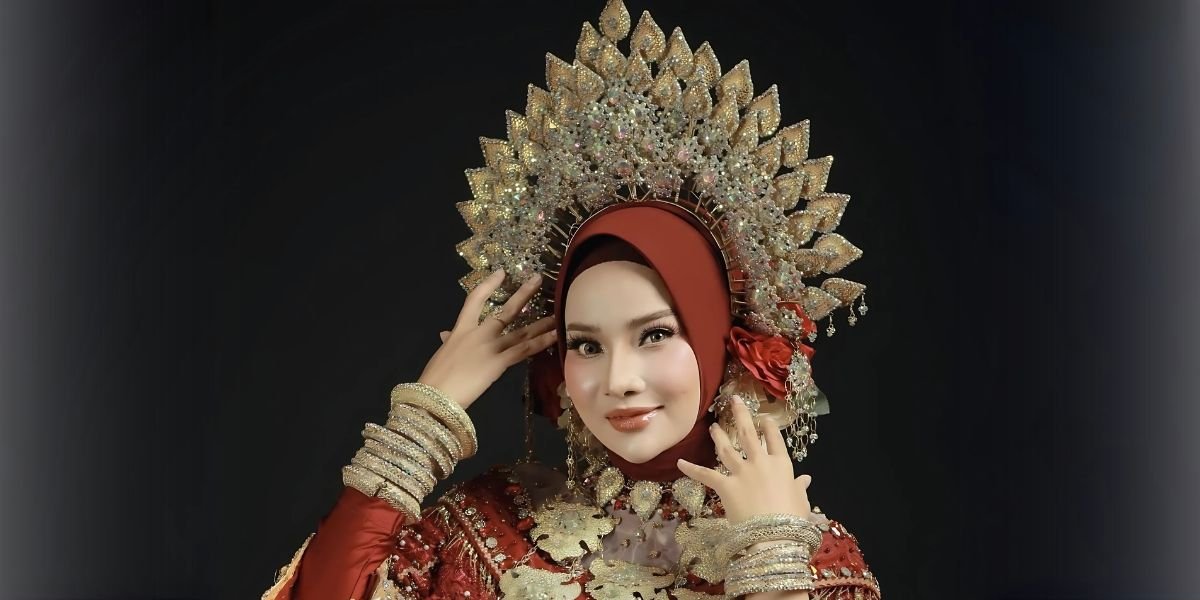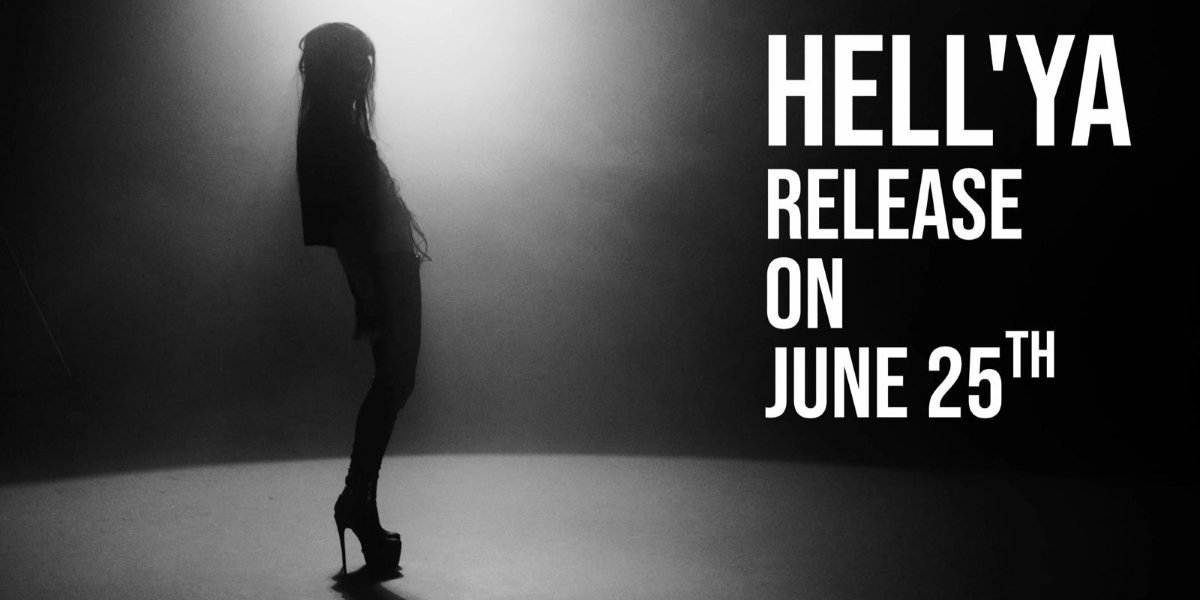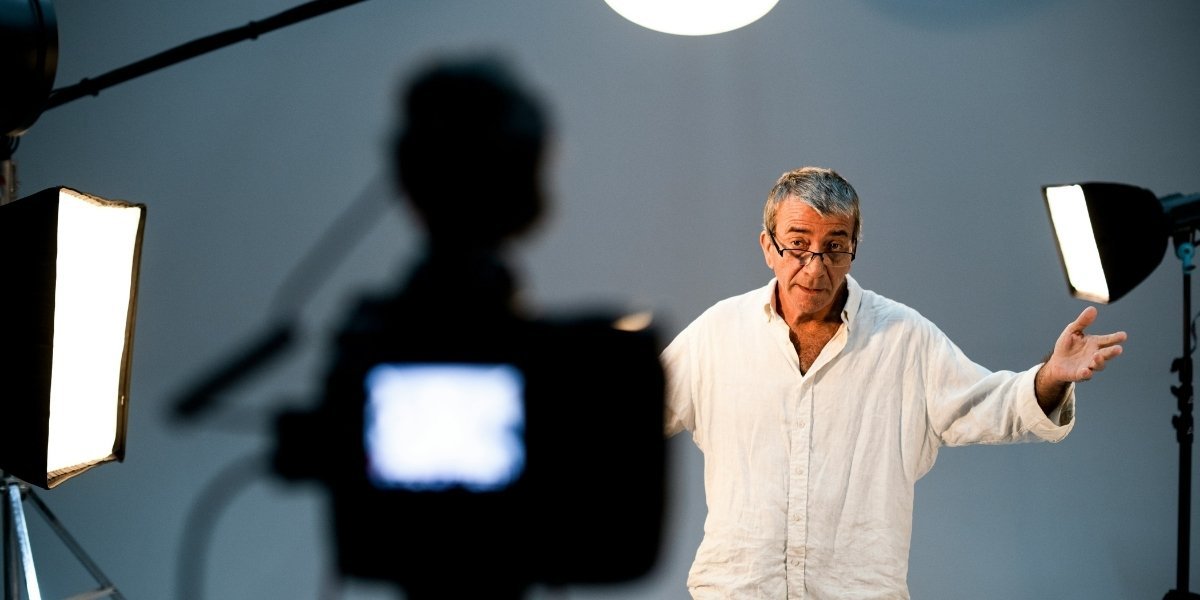Deconstructing the Art and Science of Movie Production
Movie production is a complex and intricate process, involving a myriad of stages, roles, and technologies. Transforming a creative vision into a finished film requires the collaboration of various professionals, each contributing their expertise to different aspects of the project. Movie production is not just about shooting scenes and editing footage; it is a deeply detailed journey from conceptualization to the final product. Let’s break down the stages of movie production and explore how they all come together.
Read Also: The Artistic Alliance: How Paintings Shape Movie Magic
What Happens During Pre-Production?
The journey of making a movie begins in pre-production, where the foundation for the entire project is laid. This phase is crucial as it involves turning the creative idea into a tangible plan. The process starts with script development—writing the story and dialogue that will form the basis of the film. A strong script is the heart of the production, as it guides every other aspect.
Once the script is finalized, storyboarding follows, where key scenes and sequences are visually mapped out. This helps the team visualize the shots and understand the flow of the film. Meanwhile, casting is underway, and finding the right actors is paramount to bringing the characters to life. Actors must not only fit the role physically but also have the ability to embody the character emotionally.
The next steps in pre-production include location scouting to find the perfect settings for the story, budgeting to estimate costs, and securing financing to fund the entire production. This phase requires careful planning and coordination, as every decision made during pre-production affects the overall production timeline and budget.
How Is a Movie Brought to Life During Production?
Once pre-production is complete, the movie enters the production phase, where the magic begins. This is the time when raw footage is captured on set, and all the planning and preparation come together. The director plays a central role, overseeing the vision and ensuring that the film remains true to the original concept.
Actors perform their scenes under the director’s guidance, while the cinematographer manages the visual style, lighting, and camera movements to enhance the storytelling. Sound recording is crucial in capturing high-quality audio, while the production designer creates the sets and environments where the action unfolds. Costume designers also ensure that the wardrobe choices fit the film’s tone and period.
Logistical coordination during production is essential. Scheduling, managing resources, and ensuring that everything runs on time and within budget can be a challenging task. Even the smallest delay can affect the entire shooting schedule, which is why production management is critical to a smooth process.
What Happens in Post-Production?
Once all the footage has been filmed, the project enters post-production, the stage where the raw footage is transformed into the finished film. This process begins with editing, where editors cut, arrange, and refine the scenes to tell a cohesive and engaging story. Editing is a meticulous task that requires great attention to detail, as the pacing and flow of the film are shaped during this stage.
In modern filmmaking, visual effects (VFX) play a huge role in enhancing the film’s visual appeal, especially in genres like action or sci-fi. Whether it’s a computer-generated explosion or fantastical landscapes, VFX artists work tirelessly to integrate these elements seamlessly into the film.
Sound design is another critical aspect of post-production. Creating the right soundscape adds depth and emotion to a film, with music composition further enhancing the mood and atmosphere. Color correction and final mastering ensure that the visuals are polished and consistent, with the film being prepared for various formats and platforms.
What Are the Key Creative Roles in Movie Production?
Several key creative roles come together to shape the final product of a film. The director is the driving force behind the overall vision, guiding the actors and crew throughout the production process. Alongside the director, the screenwriter is responsible for crafting the story and dialogue that forms the backbone of the film.
The cinematographer, or director of photography (DP), is in charge of the visual style and composition of each shot. This role requires expertise in lighting, camera movements, and visual storytelling. The production designer creates the physical environments for the film, from sets to props, to ensure that the film’s look matches the vision of the director.
The editor plays a critical role in shaping the narrative, piecing together the footage to ensure it flows naturally. Meanwhile, the composer creates the musical score, which helps to underscore the emotional beats of the story. These roles are just a few of the many contributors who bring a film to life, each adding their unique touch to the final product.
How Are Technical Aspects Changing Movie Production?
The technological landscape of movie production has evolved rapidly in recent years, with advancements in equipment and techniques that enhance both the creative and technical aspects of filmmaking. Camera systems, including digital cameras and high-definition equipment, allow filmmakers to capture stunning visuals with greater ease and flexibility. Innovations in lighting equipment also contribute to the film’s mood, whether it’s the harsh lighting of a thriller or the soft glow of a romantic drama.
Sound recording technology has improved significantly, with advancements in microphones, mixing, and post-production tools that ensure crystal-clear audio. Additionally, CGI (computer-generated imagery) has revolutionized how filmmakers can bring imaginary worlds to life. Whether it’s realistic creatures or breathtaking landscapes, CGI enables storytelling that would have been impossible with traditional methods.
The emergence of virtual production methods is also changing the way films are made. Virtual sets and environments allow filmmakers to shoot in a controlled space while still creating realistic, immersive backdrops. These techniques have gained significant attention in recent years, as seen in the groundbreaking work done in films like The Mandalorian.
What Is the Business of Movie Production?
While the creative side of movie production is often in the spotlight, the business of filmmaking plays a huge role in bringing a film to the big screen. Budgeting and financing are crucial to ensuring that the production stays on track and within its financial constraints. Independent films and major studio projects often have different funding models, with studios typically financing films through investors, while independent filmmakers rely more heavily on crowdfunding or private investors.
Legal considerations are also a key factor in the movie-making process. Filmmakers need to secure rights to their scripts, protect intellectual property, and navigate contractual agreements with actors, crew, and distributors. Distribution strategies are another important aspect, as filmmakers need to determine the best ways to get their film into theaters, on streaming platforms, or through DVD sales.
Read Also: Down the Rabbit Hole: When Reality TV and Social Media Warp Our Perception
How Does Movie Production Vary Across Scales and Genres?
The scope of movie production can vary greatly depending on the size and genre of the film. Independent films often have smaller budgets and fewer resources, which can lead to creative challenges but also offer flexibility and innovation. On the other hand, studio films often come with larger budgets, extensive marketing campaigns, and the involvement of established talent.
Production processes also differ based on the genre of the film. Action movies, for example, may require elaborate set designs, stunt coordinators, and extensive VFX work, while dramas may focus more on acting and dialogue. Each genre has its own set of demands, which influences the production process and required expertise.








